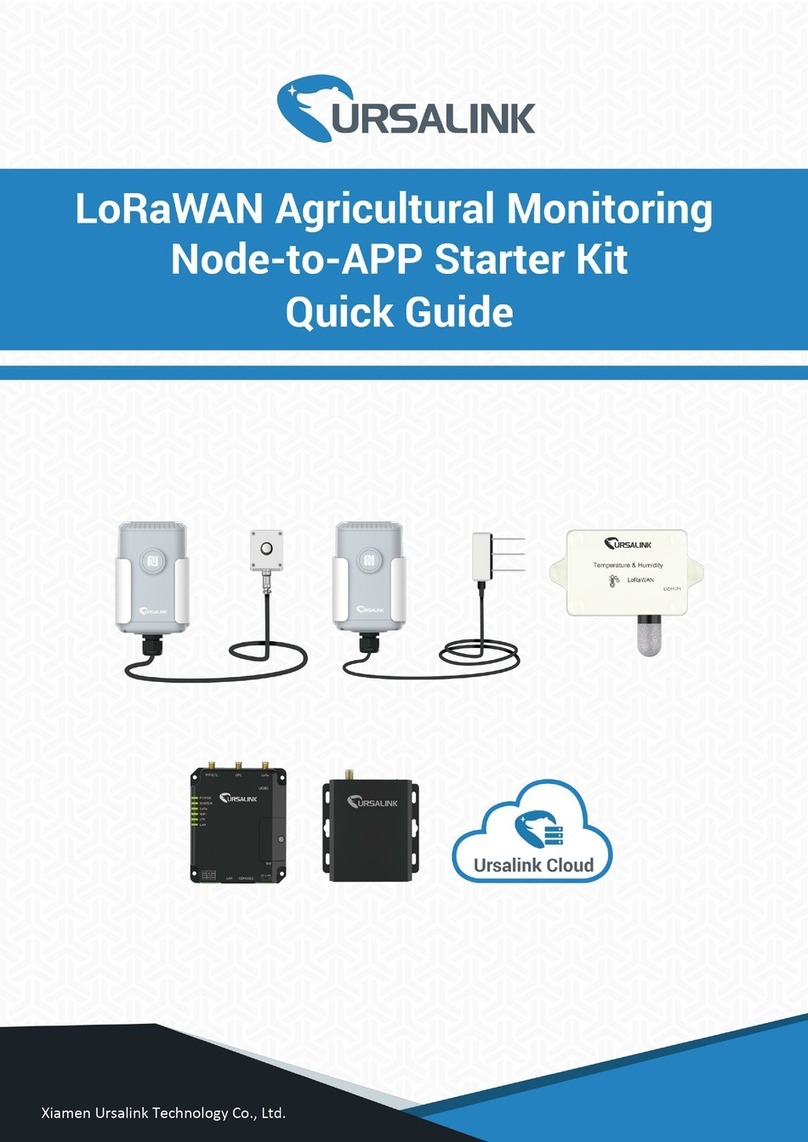
AM100 Series User Guide
Contents
1. Overview..........................................................................................................................................5
1.1 Description............................................................................................................................ 5
1.2 Features................................................................................................................................. 5
1.3 Specifications.........................................................................................................................5
1.4 Dimensions(mm)................................................................................................................... 7
2.Hardware Introduction.....................................................................................................................7
2.1 Packing List............................................................................................................................ 7
2.2 Product Overview..................................................................................................................7
3. Power Supply................................................................................................................................... 8
3.1 Battery Installation................................................................................................................ 8
3.2 External Power Supply.......................................................................................................... 8
4. Sensor Installation........................................................................................................................... 9
4.1 PIR Detection Range..............................................................................................................9
4.2 Installation Note.................................................................................................................... 9
4.3 Wall Mounting.....................................................................................................................10
5. Turn ON/OFF the Sensor............................................................................................................... 10
5.1 Turn ON/OFF via Smartphone APP..................................................................................... 11
5.2 Turn ON/OFF via PC Software............................................................................................. 12
5.3 Turn ON/OFF via Button......................................................................................................13
6.Sensor Configuration......................................................................................................................13
6.1 Configuration via Smartphone APP.....................................................................................13
6.1.1 Read Configuration.................................................................................................. 14
6.1.2 Write Configuration..................................................................................................14
6.1.3 Template Settings..................................................................................................... 15
6.2 Configuration via PC............................................................................................................ 17
6.2.1 Read Configuration.................................................................................................. 17
6.2.2 Write Configuration..................................................................................................18
6.2.3 Upgrade.................................................................................................................... 18
6.2.4 Template and Reset..................................................................................................19
7. Sensor Parameters (for App and PC).............................................................................................21
7.1 LoRa WAN Settings.............................................................................................................. 21
7.1.1 Basic Settings-OTAA..................................................................................................21
7.1.2 Basic Settings-ABP....................................................................................................22
7.1.3 Channel Settings.......................................................................................................23
7.2 Device Settings.................................................................................................................... 25
7.2.1 General..................................................................................................................... 25
7.2.1 Data Collection......................................................................................................... 25
7.2.2 Data Calibration........................................................................................................26
7.2.3 Threshold..................................................................................................................27
8.Sensor Management via Ursalink Cloud........................................................................................ 27
8.1 Ursalink Cloud Registration................................................................................................. 27




























